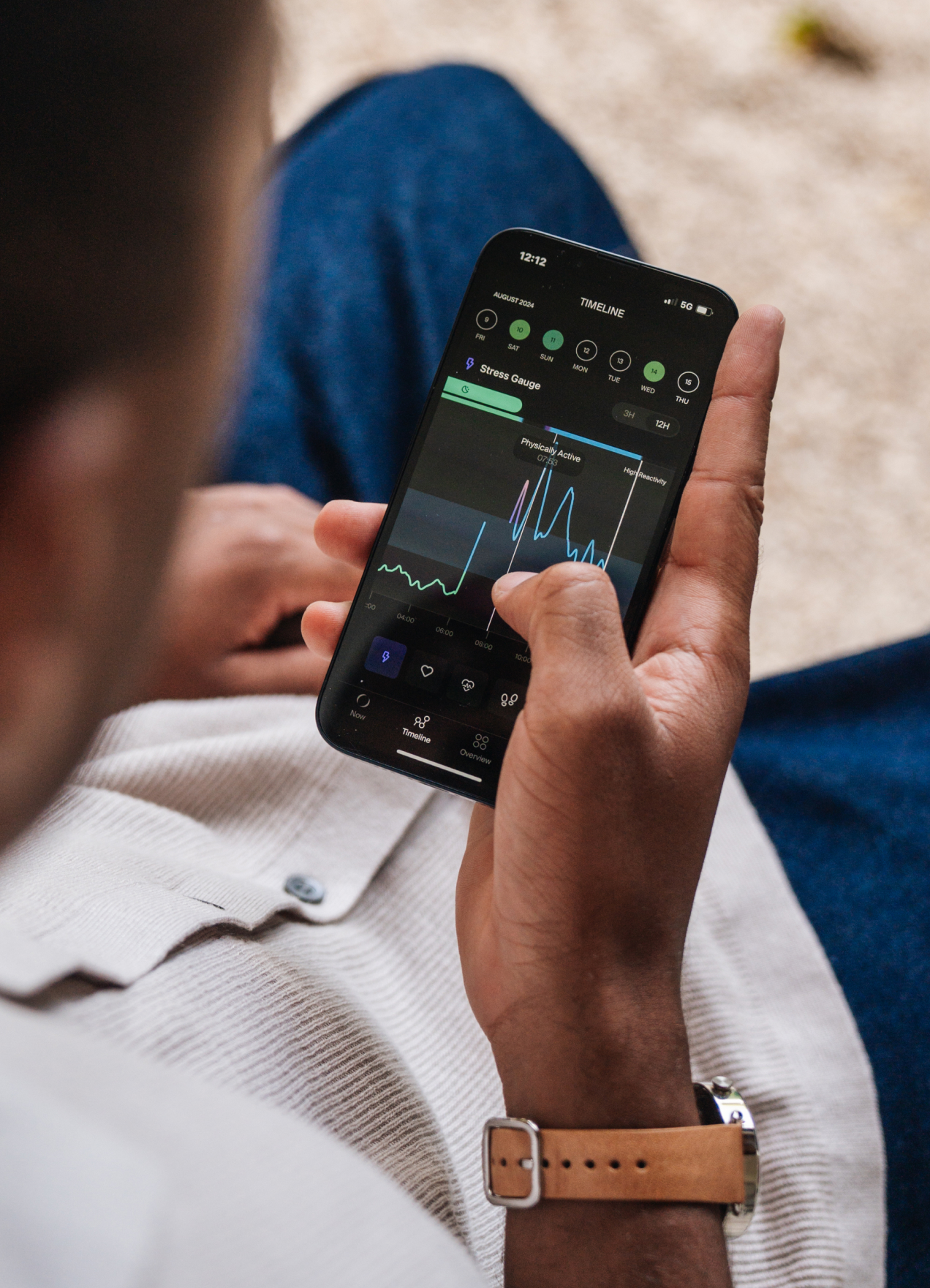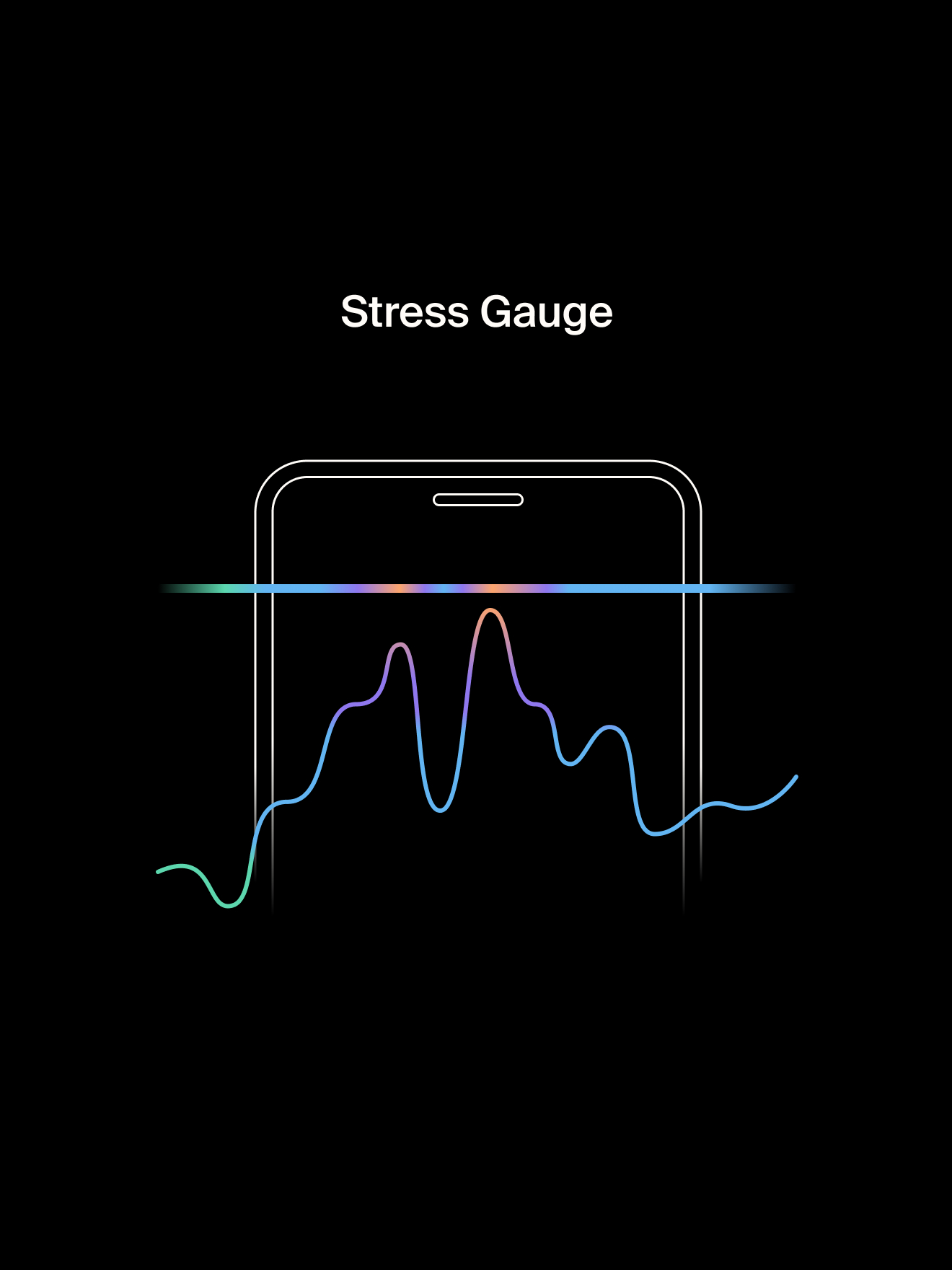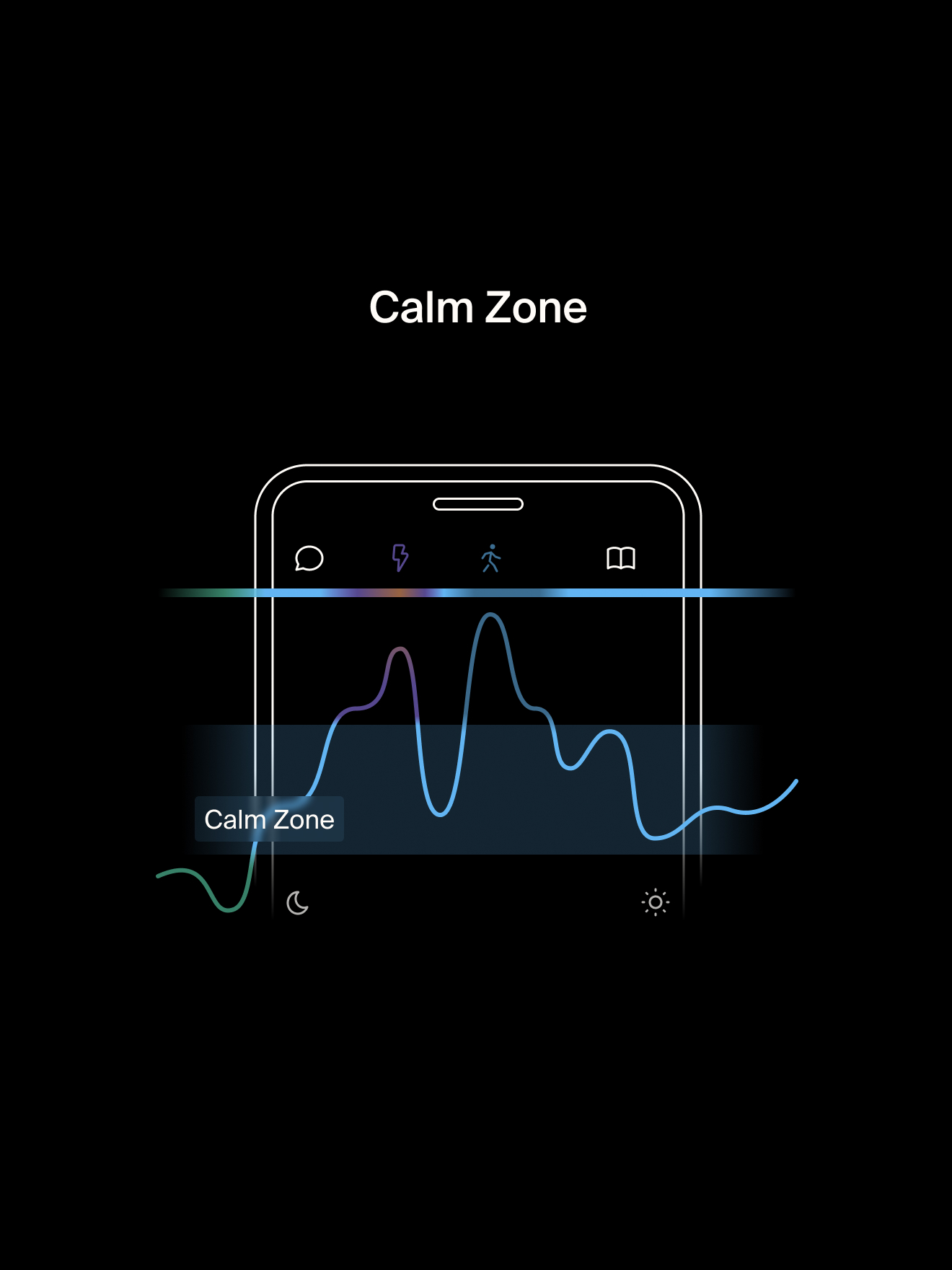Life throws a lot at us. Understanding and managing stress is crucial for our mental and physical wellbeing. How we perceive stress—as an obstacle or a resource—plays a key role in how we feel day to day and our longterm health.
Get to Know “Good” Stress
Stress, historically misunderstood, is a healthy physiological function that keeps you engaged, motivated, and connected. A positive stress reaction encourages you to stay alert, for example when preparing for an interview; or to feel excitement, like when you’re getting ready for a first date. In the plainest terms: Stress sets you apart. It is a distinctly human characteristic that signals you are actively participating in life.
Acknowledging this nuance allows us to differentiate between two types of stress:
- Eustress: Stress that is motivating and helps you achieve your goals.
- Distress: Stress that is harmful and difficult to recover from.


Recognising stress as a resource is a great way to change your perception of certain stressors. The same event might trigger a different response from two different people. For example, you might look forward to public speaking. The stress you feel helps you prepare, speak clearly, and perform successfully (i.e. eustress). For others, public speaking might overwhelm them with fear, the stress might feel debilitating and be challenging to recover from (i.e. distress). Similarly, facing an impending work deadline can be perceived as either an obstacle (i.e. fear of underperforming, distress) or an opportunity (i.e. motivation to impress at work, eustress).
Tapping into stress as a resource requires shifting your perception and viewing your choices, habits, and routines as interconnected. Learning how your body processes, reacts, or does not react to stress is your best advantage for sustainable mental and physical health.
Using NOWATCH to Change Your Relationship With Stress
Everyday stressful moments, like losing your keys, may seem small, but the cumulative effect of how we respond to these daily stressors is essential to improving our long-term health. Finding solutions to both harness the power of stress and develop healthy response habits will benefit you—and your loved ones—today, tomorrow, and beyond.

Check-In
The Check-In feature promotes self-awareness. By regularly pausing to ask “How do I feel?” you build proactive stress management habits by understanding the presence and intensity of your feelings.
The Check-In matrix measures how you're feeling. Your feelings are measured on two dimensions: physiological reactivity, from Very Calm to Very Stressed, and emotional valence from Very Negative to Very Positive.
As you develop the habit of Checking-In with yourself, you will start to notice how stress can also be a positive resource in your life.

Reactivity Monitor
The Reactivity Monitor is the core of NOWATCH. It’s your key to understanding when and where you experience stress, how you react and recover from it, and what that means for your overall wellbeing. Other smart devices focus solely on exercise or sleep. NOWATCH tracks those metrics but uses them as a tool building your unique stress fingerprint. The Reactivity Monitor tracks your physiological responses throughout the day. This includes reactions from both physical activity and stress, tracked with the sensors on your NOWATCH. Homeostasis reflects your body in a balanced, steady state when you’re calmly engaged in daily activities. This includes things like working, talking to friends, or reading a book.


When you notice reactivity above the Calm Zone, this means that you are responding to:
- Physical exertion, like exercise or other physical activities. This is represented in blue.
- Emotional events, like feeling stress. This is represented in purple.
Each measurement reveals why you may be more or less sensitive to stress. And when you have a complete picture of how you’re affected by your daily habits, you can make choices that tap into stress as a resource, change how you feel day to day, *and* that change the course of your life.
